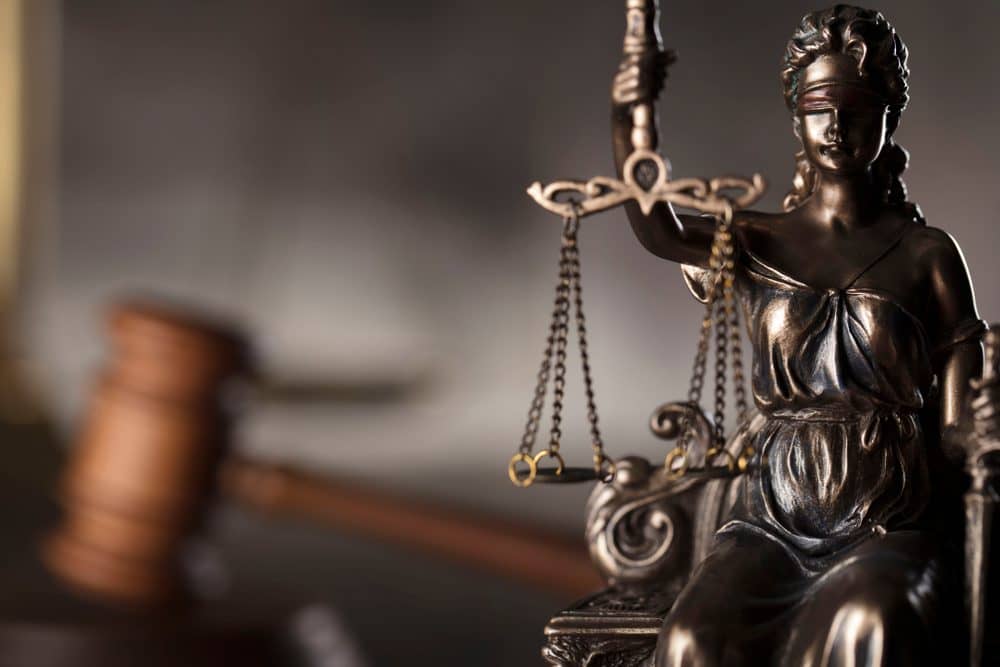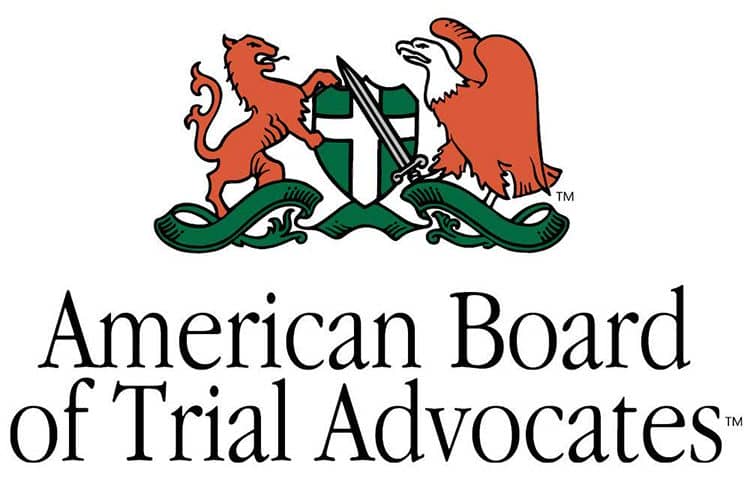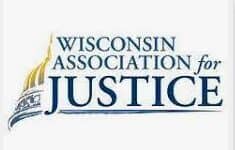If you’ve been injured in a car accident, slip and fall, or suffered another type of personal injury claim, it may not be a simple process to get a fair settlement from the insurance company. Instead, you may have to file a personal injury lawsuit to recover compensation for your financial losses caused by the at-fault party.
You may have heard the term ‘litigation’ in personal injury and wondered, “What does litigation mean in a personal injury case?” Litigation typically refers to the legal process to resolve personal injury cases. Understanding litigation for injury cases requires knowing what litigation means in legal proceedings.
Gingras, Thomsen & Wachs, LLP is a personal injury law firm that represents personal injury victims by fighting to secure fair compensation for personal injury claims. In our personal injury blog posts, we provide relevant information that can help you learn more about your personal injury case. This article discusses the complex process of litigation and how a personal injury attorney can help you with car accidents and other personal injuries.
Understanding the Personal Injury Litigation Process
There are a number of steps to the litigation process in a personal injury case. While your personal injury attorney can walk you through each of them in greater detail, here are the general steps involved:
Pre-Litigation
Before you file a civil lawsuit, you will likely start your personal injury case by trying to get compensation for your injuries from the at-fault party or their insurance company. For example, after a car crash that another driver caused, you’d contact their insurance company to file a claim.
We highly recommend hiring Personal Injury Lawyers in Wisconsin to help you receive fair compensation for the injuries caused by the other person. Insurers often offer a low settlement amount or even deny the injury claim. If this happens, personal injury lawyers are prepared to take the next steps in litigation.
Filing and Serving the Complaint
When personal injury cases hit a roadblock while negotiating a pre-suit settlement, the next step an injured person can take is to have their personal injury lawyer file a complaint in court. The complaint will detail the allegations of your personal injury case, name the defendant, and provide the amount of damages sought.
Once it is filed with the court, it is then officially served on the defendant. The defendant or defendants are required to respond with an answer to this complaint, in which they may admit or deny their fault in the legal matter.
Discovery Phase
During discovery in a personal injury case, the two parties will each have the chance to request information from one another. This is the time for collecting evidence, exchanging documents, oral examinations, and looking at what critical evidence could turn the tides. The reason for discovery in personal injury cases is for each side to gather and present evidence needed for trial, such as medical records for all medical treatment received, pay stubs for lost wages, photographs, and witness testimonies.
Motions
The injured party or the defendant may file motions with the court. Motions essentially ask the court for a certain ruling or action. A prime example is filing a motion to exclude certain evidence or even dismiss the case.
Pre-Trial Negotiation Process
Before your case continues through the court system, another attempt at negotiations will be made. Most personal injury cases settle before they go to trial. Often, alternative dispute resolution methods like mediation are encouraged before the trial.
Trial
When there is still no agreement, litigation proceeds to trial. Taking this legal action leaves the decision up to a judge or jury who will rule on the claim based on the evidence presented in the lawsuit. In some cases, it may work out in the plaintiff’s favor. In other cases, the judge may rule in favor of the defendant, which would mean the plaintiff does not receive a compensation award. It is important to hire an experienced trial attorney who can maximize your chances for a successful recovery.
Appeals Process
Litigation may continue into the appeals process if either party is not happy with the outcome. This allows either party to request a higher court review the ruling of the trial court. There must be an error or flaw in the initial ruling to have the chance for an appeal.

How an Attorney Can Assist You with Your Lawsuit
As you can see, litigation is not just another word that refers to a trial or a lawsuit. It is the entire process in which one may seek justice for a personal injury. Litigation encompasses many steps, and while you are not legally mandated to have a lawyer represent you, it is in your best interests.
Lawyers will have a full understanding of the relevant laws that apply in your case. They will be able to gather evidence, build a strong case, and negotiate for a fair settlement. Additionally, they will know when they must file all the paperwork and ensure everything is in order.
It is essential to choose an attorney with a proven track record in the courtroom. Although your case will likely settle before it ever gets to trial, you’ll want a lawyer that is ready for trial from the beginning of your case.
In Wisconsin, Gingras, Thomsen & Wachs, LLP can provide legal support and guidance throughout the entire litigation process. If you have been injured by another person who behaved negligently, you may be able to recover your financial losses in this process. It’s best to schedule a free consultation to learn more about whether you have a valid case and the next steps to take.




